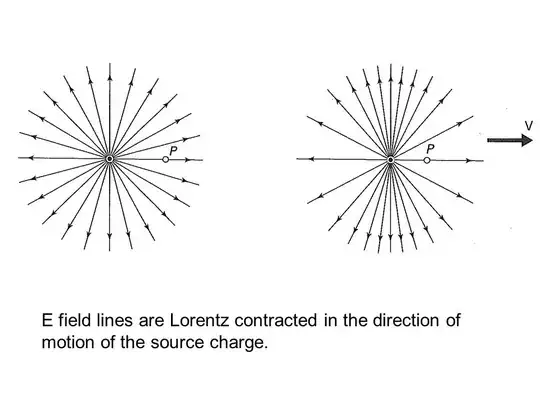Newton's formula for the gravitational force between two objects is
$$F = -\frac {Gm_1m_2}{r^2}.$$
Assuming the force is due to the exchange of gravitons and that gravitons are affected by the expansion of the universe in the same way as photons, can I simply modify the formula so it behaves in the same way as radiation pressure?
$$F = -\left(1-\frac {Hr} c\right)\frac {Gm_1m_2}{r^2}$$
where $H$ is the Hubble constant and $c$ is the speed of light
I suppose it also assumes that the force is small and that the objects are not gravitationally bound. Is this a reasonable first order approximation?
[Edit 3] I appreciate the answers, but I don't feel comfortable with them. A uniform constant expansion of the universe gives rise to an acceleration of $H^2r$ between any two points separated by $r$. This is because $r$ increases with time and so the recession velocity Hr also increases with time. But this does not cause any acceleration with respect to the CMB, for example, and is not a function of either mass and cannot be included as a correction to Newtons formula for force.
If we define force as mass times acceleration with respect to the CMB, then I'd like to suggest
$$F = - \left (1-\frac {Hr} c \right )^4 \frac {Gm_1m_2}{r^2} $$
with the first order correction being approximately $$ 4 \frac H c \frac {Gm_1m_2} r $$
This expression is simply by analogy with the radiation pressure from a distant black body.
